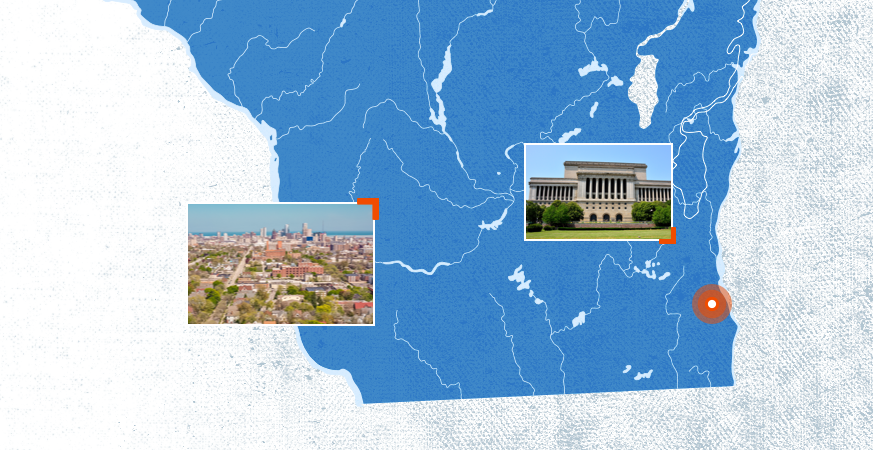Background
In 2015, Milwaukee County had 33,500 jail bookings per year. Most county jail bookings were tied to misdemeanors arrests. People with mental health issues and substance use disorders also cycled through the justice system.
Both community members and system personnel were exposed to trauma in the justice system. This was particularly true of people of color, who were and continue to be disproportionately involved in the justice system. In 2015, Black and Hispanic people made up less than half (41%) of the population of Milwaukee County and yet comprised almost 70% of the local jail population.

